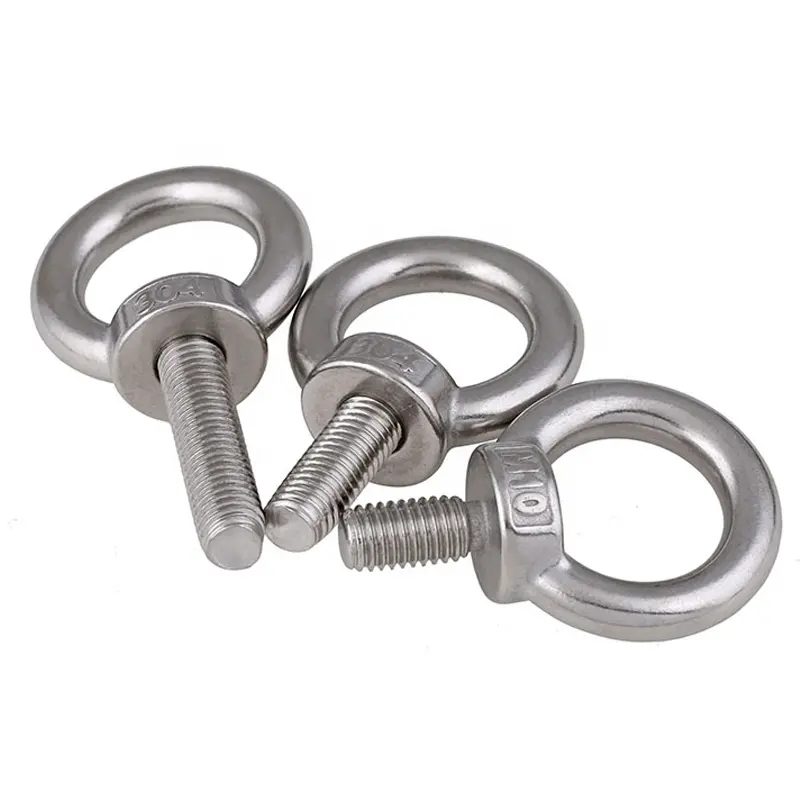News
نومبر . 19, 2024 06:07 Back to list
shackles truck use service
Understanding Shackles for Truck Use A Comprehensive Guide
In the world of transport and logistics, safety and efficiency are paramount. Among the various equipment utilized in these sectors, shackles are crucial components that facilitate secure connections in lifting and towing applications. Though often overlooked, shackles play a vital role in the safe operation of trucks and other heavy vehicles.
What Are Shackles?
Shackles are U-shaped metal devices with a pin or bolt across the open end. They are primarily used to connect two components, such as a chain and a load, or to join multiple rigging devices. Designed to handle significant loads, shackles are made from durable materials such as steel or aluminum, with various grades and load ratings to suit different applications.
Types of Shackles
There are several types of shackles, each tailored for specific use cases in truck operations
1. Bow Shackles These have a rounded shape and provide a wider sling angle, making them suitable for lifting by allowing the connection of multiple slings. Bow shackles offer the flexibility needed in various hauling situations, making them a popular choice in trucking.
2. D Shackles With a more narrow profile, D shackles offer a stronger connection point. They are ideal for situations where pulling or lifting is required, as they are less likely to bend under heavy loads.
3. Safety Shackles Equipped with a locking pin or mechanism, safety shackles prevent accidental opening, offering an extra layer of security. These are essential in high-stress environments where the risk of accidental release is high.
Choosing the Right Shackle
When utilizing shackles in trucking operations, several factors must be considered
shackles truck use service

- Load Capacity Always consult the shackle’s load rating, ensuring it meets or exceeds the weight of the load being handled
. Overloading a shackle can lead to catastrophic failures, posing risks to both personnel and equipment.- Material The material of the shackle affects its strength and applicability. For example, alloy steel shackles are harder and better suited for high-stress applications, while stainless steel shackles may be preferable in corrosive environments.
- Pin Type The pin can significantly impact the shackle’s effectiveness. Screw pins offer a secure connection but may require tools for assembly and disassembly, while round pins facilitate easy handling.
Proper Usage and Safety Tips
To ensure the effective use of shackles in truck operations, follow these guidelines
1. Inspection Regularly inspect shackles for signs of wear, deformation, or corrosion. Any defective shackles should be replaced to maintain safety.
2. Correct Attachment When using shackles, ensure they are correctly threaded with the pin fully engaged. Loose connections may lead to failure during operation.
3. Angle Consideration Be mindful of the angle at which shackles are used. A higher angle can reduce the shackle's load capacity. For optimal performance, try to maintain a vertical lift whenever possible.
4. Training Provide proper training for all personnel handling shackles. Understanding the correct techniques and safety measures is crucial for safe operations.
Conclusion
Shackles, while seemingly simple, are pivotal in the realm of truck operations. Their ability to connect various components securely makes them indispensable for lifting, towing, and various logistical activities. By selecting the right type of shackle and adhering to safety measures, trucking companies can enhance their operational efficiency and prioritize safety. In an industry where lives are often on the line, understanding and utilizing shackles effectively is a responsibility that should never be underestimated.
